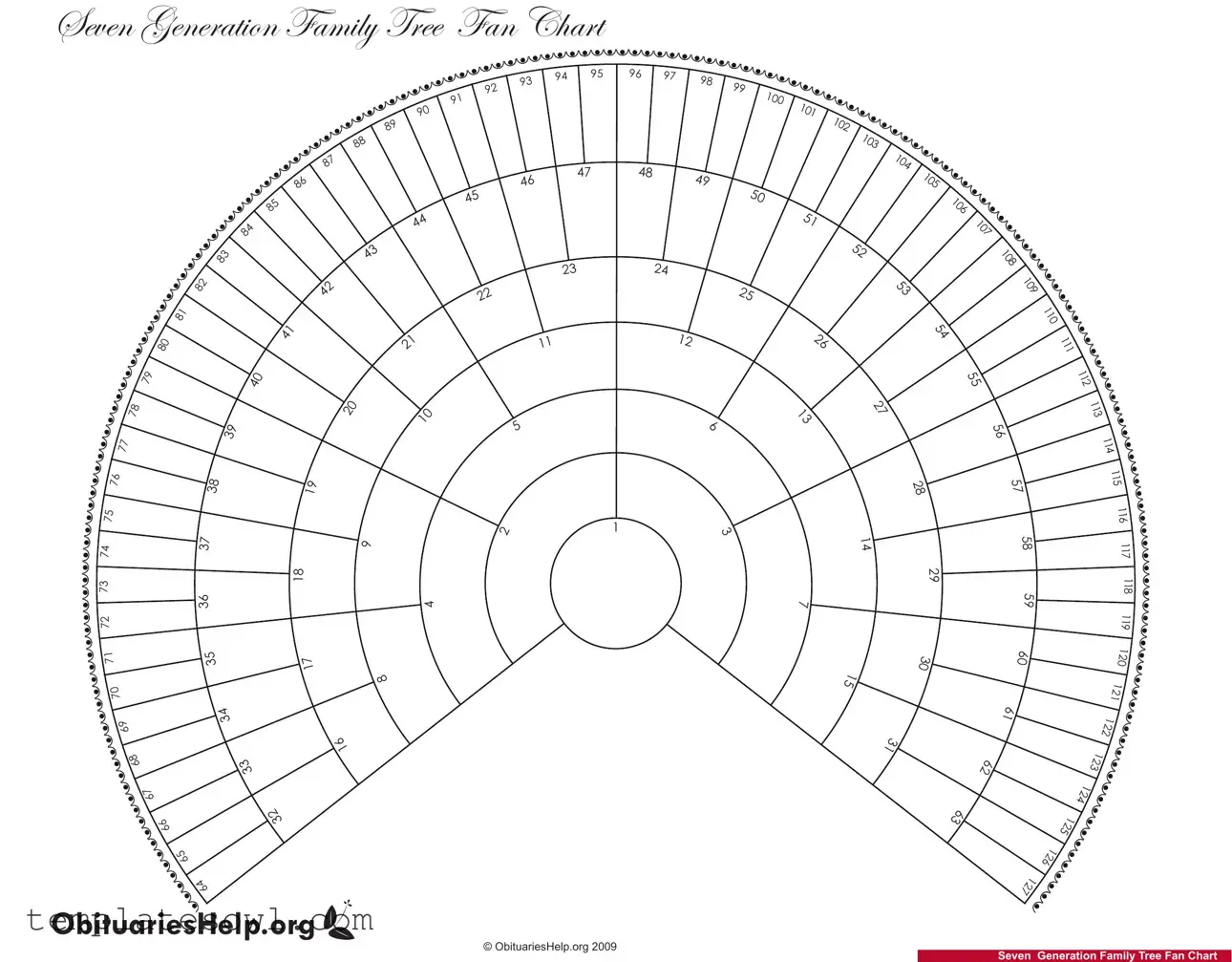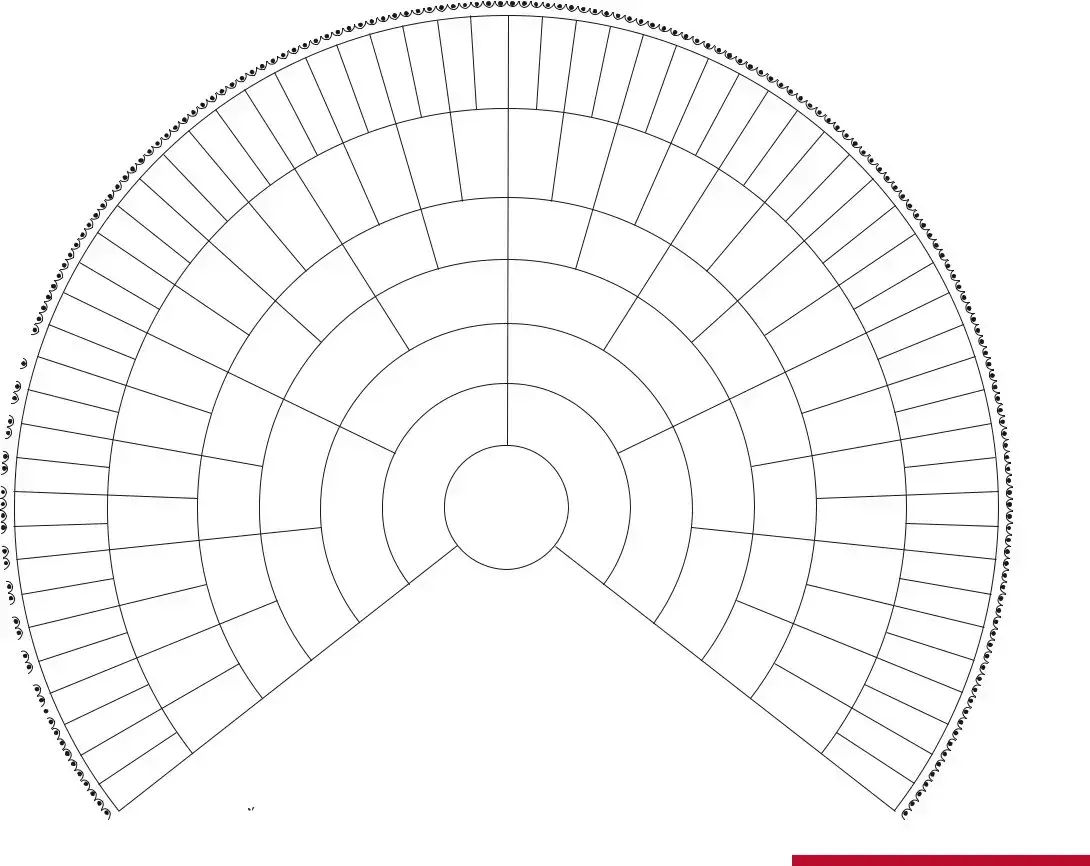What is the FAR Commercial Contract form?
The FAR Commercial Contract form is a standardized document used for commercial real estate transactions. It provides a framework for agreements between buyers and sellers or landlords and tenants. The form helps ensure that key terms and conditions are clearly defined, reducing potential misunderstandings. It is a widely accepted form within the real estate industry and aids in facilitating smoother transactions.
Who typically uses the FAR Commercial Contract form?
This form is commonly used by real estate agents, brokers, buyers, sellers, landlords, and tenants involved in commercial property transactions. It is especially favored in situations where clear and equitable terms must be established for leases or sales of commercial properties, such as office buildings, retail spaces, and warehouses.
What are the key components of the FAR Commercial Contract form?
The FAR Commercial Contract form includes several essential elements, such as property description, purchase price, financing conditions, contingencies, and closing date. Additionally, it addresses responsibilities regarding inspections, repairs, and risk of loss, ensuring both parties understand their obligations throughout the transaction process.
Is the FAR Commercial Contract form legally binding?
Yes, once both parties sign the form, it becomes a legally binding agreement. This means that both the buyer and seller, as well as landlords and tenants, must adhere to the terms outlined in the contract. Breaches of the agreement may result in legal consequences, including potential lawsuits, so it is crucial that all parties fully understand their commitments before signing.
Can the FAR Commercial Contract form be modified?
Yes, parties can modify the FAR Commercial Contract form to suit their specific needs. Any changes should be clearly documented and agreed upon by both parties. It is advisable to seek legal counsel during this process to ensure that modifications comply with state laws and do not inadvertently create ambiguities or conflicts within the contract.
What should I consider before signing the FAR Commercial Contract form?
Before signing, review all terms carefully. Consider your financial obligations, the condition of the property, and any contingencies that may affect your decision. Engaging a real estate lawyer or professional can provide valuable insights and help ensure that your interests are adequately protected. Make sure you understand the implications of the agreement entirely before committing.
What happens if one party wants to back out of the contract?
If one party wishes to back out of the contract after it has been signed, they may be in breach of the agreement, which could lead to legal consequences. However, the circumstances of the situation will dictate any potential outcomes. It may be possible to negotiate an exit from the contract if both parties agree on terms. Consulting a lawyer is important for understanding your rights and options in such cases.
How do I obtain a FAR Commercial Contract form?
The FAR Commercial Contract form can typically be obtained from real estate professionals, online legal document services, or through local real estate associations. Ensure you are using the most current version of the form to avoid any outdated terms or provisions. Having a qualified agent or attorney assist you in obtaining and filling out the form is also advisable.


 78
78  77
77  76
76  75
75 


 70
70 69
69 68
68 67
67
